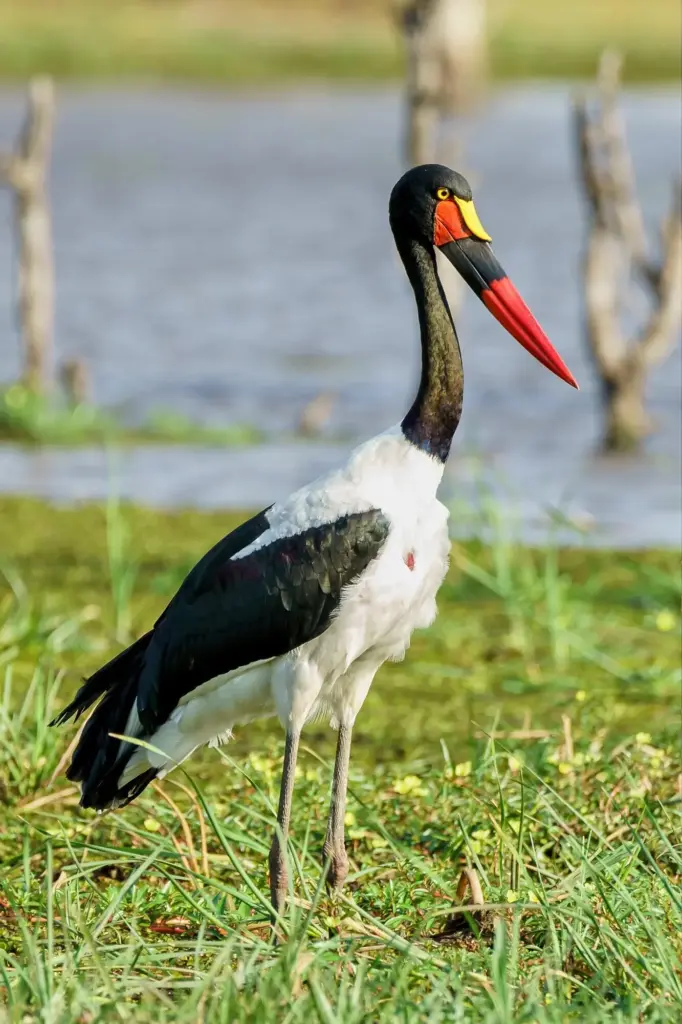Smarter Waters: Gadgets That Change Your Catch



Reading arches, bait clouds, and bottom hardness

CHIRP, side imaging, and when to trust noise
GPS Mastery: Never Waste a Cast Again
Waypoints with context: notes, icons, seasons
Custom maps, contours, and shared layers
Intelligent Lures: When Baits Learn Your Patterns

Sensors that react to temperature, light, and salinity
Micro-sensors can subtly alter flash and thump as conditions change, keeping presentations believable. Pair readings with your logbook to see which adjustments trigger follows turning into commitment. If you experiment, change only one variable per pass, then comment your results so others learn faster without burning precious time.
Programmable actions and avoiding overfishing pressure
Micro-sensors can subtly alter flash and thump as conditions change, keeping presentations believable. Pair readings with your logbook to see which adjustments trigger follows turning into commitment. If you experiment, change only one variable per pass, then comment your results so others learn faster without burning precious time.
Battery care, charging docks, and waterproof tips
Micro-sensors can subtly alter flash and thump as conditions change, keeping presentations believable. Pair readings with your logbook to see which adjustments trigger follows turning into commitment. If you experiment, change only one variable per pass, then comment your results so others learn faster without burning precious time.
Kayak builds: compact batteries and clean cable runs
Boat rigs: bus bars, fuses, and interference control
Travel setups for rentals and bank missions

Data-Driven Decisions: Weather, Logs, and Pattern Memory

Responsible Tech: Rules, Etiquette, and Conservation
All Rights Reserved.